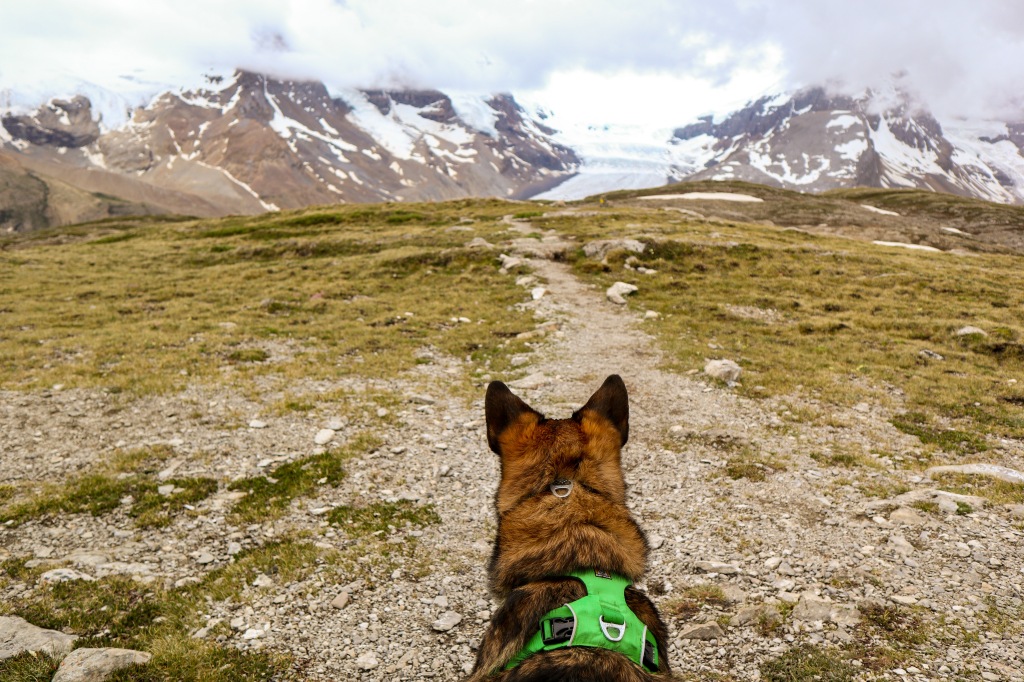
I’ve recently had many conversations on social media with dog guardians who believe that positive reinforcement doesn’t work for their dog. This made me realize that there are many common training mistakes that can lead to people thinking exactly that.
To be clear, positive reinforcement works, otherwise it’s not positive reinforcement. I don’t want to get into a discussion of all four quadrants of operant conditioning (how we teach to animals and people too). But all four can be used to teach anything. It’s just a matter of getting it right.
If positive reinforcement feels like it’s not working for you, here are some common and easy mistakes you might be making:
- Working in an environment that is too distracting. This is a common mistake that people make with positive reinforcement. They will achieve a recall easily indoors, but will then graduate to trying that outdoors in the middle of a dog park, and get frustrated that it doesn’t work. Just like you wouldn’t be expected to successful pilot a helicopter to the top of a mountain and back after one lesson, we can’t expect our dogs to work in a super distracting environment without working up to it. If your dog is failing at a skill in a new environment, then you have to make it simpler. Take them out into your yard before taking them to a park, then graduate to a quiet park, then practice recall with one calm dog friend, and work your way up to recall out of play.
- Using the wrong type of reinforcer. Positive reinforcement is all about what is reinforcing to YOUR dog. Some dogs will come for kibble. Others would like a medium rare steak. Some will prefer toys. You need to find what is reinforcing for your dog. If it increases the likelihood of the behaviour happening, then it’s reinforcing. Experiment, try working with cheese, hot dogs, homemade treats, wet dog food in squeeze tubes, etc.
- Trying to progress too quickly. If you are working on making a skill harder, and your dog fails twice in a row, you’ve made it too hard, too fast. Break things into tiny pieces so that your dog can easily progress and achieve the goals.
- Constantly making it harder. How motivated would you be if every single day you went to work and every single day, your job got harder. Without ANY easier days thrown in. Just a constant upward curve of difficulty. Sound exhausting? Would you lose motivation? You almost certainly would. Don’t just focus on making things harder all of the time. Give your dog some easy wins when progressing on a skill! That’s creating a history of reinforcement which still adds to the reliability of the skill. So it will work in your favour and it will keep your dog motivated.
- Increasing multiple variables at once. A great example of this is with the skill stay. We generally work to increase the stay duration, or get a stay with distance, or a stay with distractions. People often plateau on stay because they work more than one variable at once. Work only one variable at a time when making things more difficult. For example, don’t try to work on increasing your stay duration while also trying it in a new environment (distraction).
If you’ve struggled with positive reinforcement methods, I can’t recommend enough working on the five items in the list above. It’s easy to make these mistakes, and without someone to point them out, you can feel like it just doesn’t work for your dog. But that’s not the case. Positive reinforcement can work for any dog. It’s just science.
